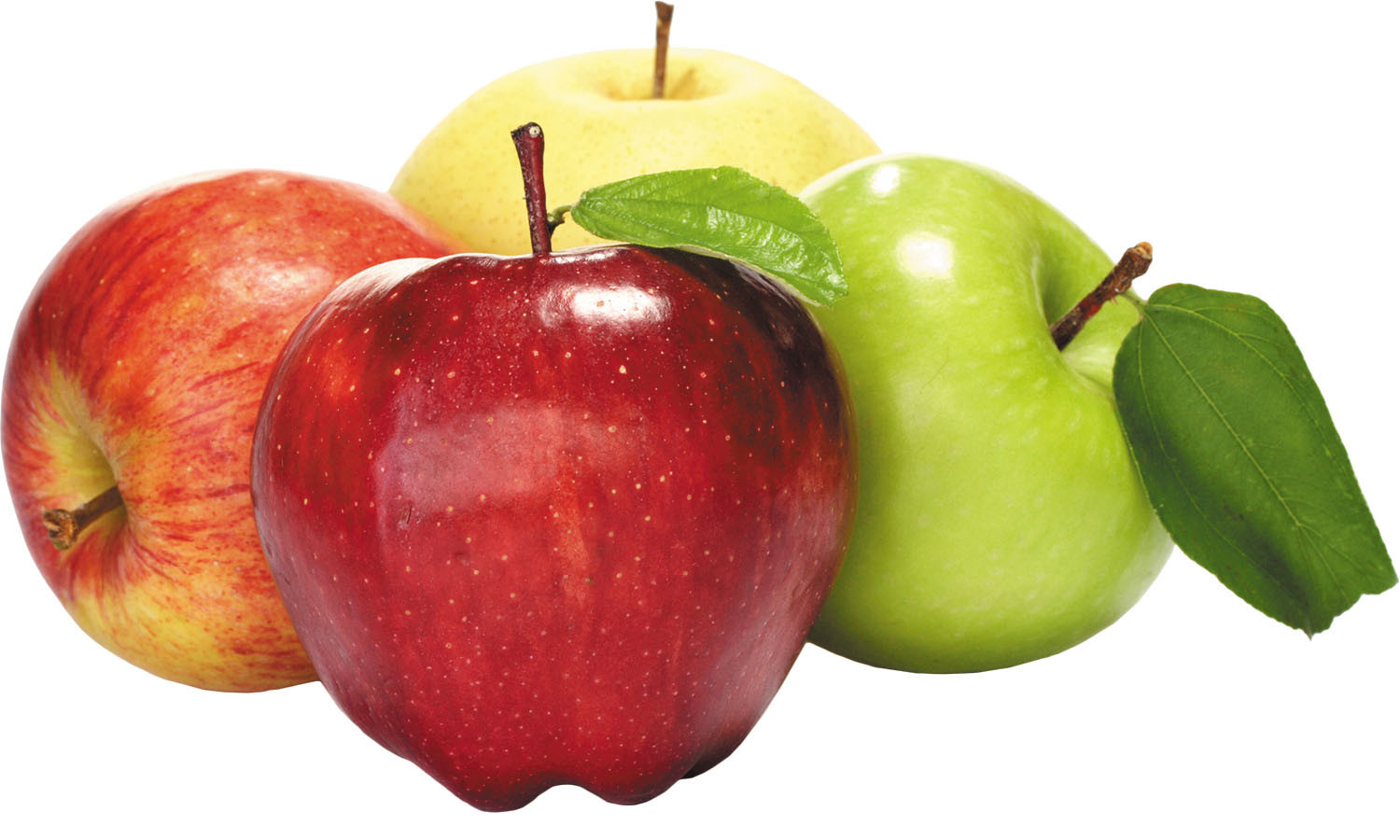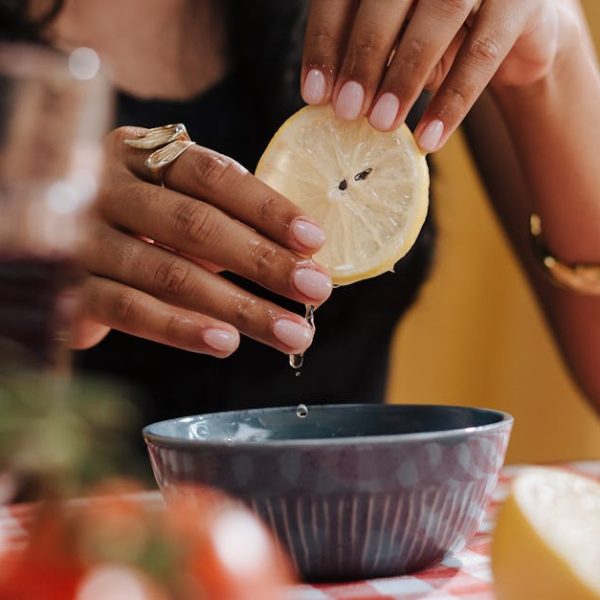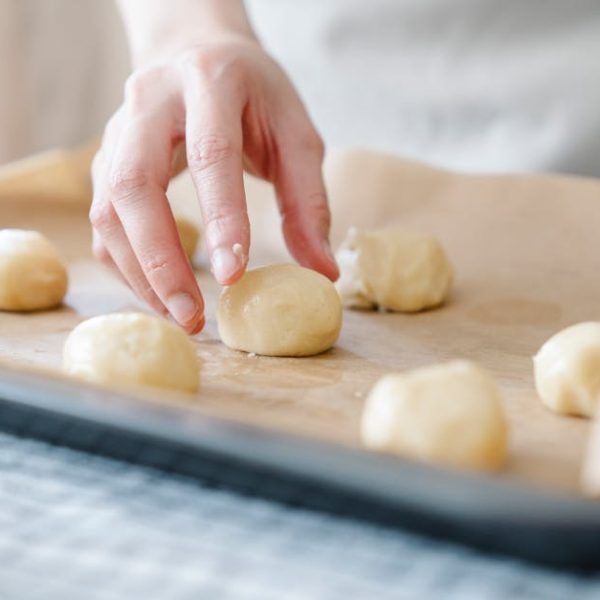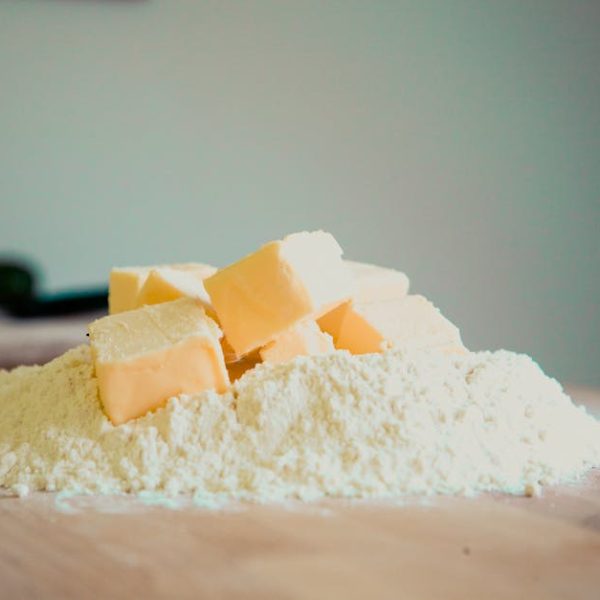Throughout the year, apples bless our trees and supermarket shelves with their crisp, sweet-tart presence. But what happens when you’ve harvested your bounty or found a fantastic deal at the supermarket only to realize there’s no way to consume them all before they begin to spoil? Don’t fret; there are brilliant ways to preserve apples for year-round freshness, ensuring that their natural goodness does not go to waste.
Let’s begin with canning, a tried-and-true method of preservation. When you can apples, you trap freshness within a resilient glass structure, enabling you to enjoy the delicious fruits well past their typical expiry date. The process might seem intimidating at first, but with some practice, you can master it. The key is sterilization, ensuring that all jars and lids have been thoroughly cleaned to prevent bacterial growth.
Here are some perks of canned apples:
- Long shelf-life at room temperature
- Maintains the apple’s original flavor
- An excellent additive to recipes
Remember when canning, always use high-quality, rigid jars with good seals and stick to safety guidelines. With canned apples, you get the unique pleasure of savoring their sweet, juicy flavor whenever you wish.
Moving onto freezing, an effective method of preserving apples that offers the benefit of maintaining the fruit’s textural integrity. Freezing freshly picked or store-bought apples is as simple as pie. Wash, core, and slice the apples before laying them out on a tray to freeze. Once solid, transfer them to a freezer bag for longer storage.
Key points when freezing apples:
- Use tart varieties that have a firm flesh
- Prevent apple slices from sticking together by using the tray method
- Freezing can sometimes medley the texture of apples, but the flavor remains
Much like canning, freezing allows the preservation of apples for significantly extended periods.
Drying apples is another fabulous preservation method that allows you to enjoy the fruit in a different form. A dehydrator is ideal for this process, but an oven can also do the trick. Once dried, apples can be enjoyed as a delicious snack on their own, added to trail mixes, or used in cooking and baking.
Here’s a simple guide to drying apples:
- Wash, core, and thinly slice the apples
- Lay them out on a tray in a single layer
- Dry them in the oven on the lowest setting or dehydrator until completely dry
- Store in an airtight container for maximum longevity
When dried properly, apples can last for up to a year. Comparatively, dehydrators are more efficient than ovens at removing moisture, so if you’re planning on drying apples regularly, investing in a dehydrator may be beneficial.
Most of us are familiar with the delightful taste of apple jam or jelly. These two methods of preservation combine the unique flavors of apples with sugar, resulting in sweet, spreadable delights that can last for several months when properly sealed and stored in a cool, dark place. Remember, achieving the perfect consistency in jams and jellies relies on the right amount of pectin in the fruit and appropriate cooking time.
Next up is apple cider vinegar, which not only allows for preservation of apples but also offers numerous health benefits, including improved digestion and enhanced immune function. To make apple cider vinegar, you’ll need apple scraps, sugar, water, and patience. The vinegar needs to ferment for about a month before it’s ready, and storing it properly in a dark, cool location will ensure it keeps well.
Another wonderful way to preserve apples, particularly those that are starting to get a little soft, is by turning them into applesauce. This straightforward process involves cooking apples down until they’re mushy, then blending for a smooth finish. Homemade applesauce has a richer flavor and is free from added preservatives and sugars found in store-bought versions.
Finally, consider preserving your apples by baking them into a pie and then freezing it. While it does require a bit of initial work, you’ll appreciate the effort when you can simply defrost, heat, and serve a homemade apple pie anytime the craving strikes. Remember, some apple varieties work better in pies than others. Look for firm apples that hold their shape and have a balance of sweetness and tartness, such as Granny Smith or Honeycrisp.
Each method offers unique benefits and variations in taste and texture of the preserved apples. Whether you decide to can, freeze, dry, make apple jam, jelly, cider vinegar, applesauce, or bake pies and freeze, the overarching goal is to enjoy the freshness of apples long after their harvest season.
Canning Apples
Canning is a fantastic method for preserving apples. While the process might seem intimidating to first-timers, it’s surprisingly straightforward once you get the hang of it. Plus, your canned apples can be stored for an impressively long time at room temperature.
Here’s a brief guideline on how to can apples:
- First, collect all the supplies: canning jars, a canning pot, jar lifter, lids and bands, apples, sugar, and lemon juice.
- Clean and sterilize your jars, lids, and bands in one cycle of your dishwasher or by boiling them in a large pot of water.
- Prepare your apples. Peeling is optional, but you will need to remove the core and slice the apples.
- Combine your apples slices, sugar, and lemon juice in a large pot and bring it to a boil.
- Ladle the hot apple mixture into your sterilized jars, leaving about 1/2 an inch of space at the top.
- Wipe the jar rims clean, place the lids on top, and screw on the bands.
- Using a jar lifter, lower the jars into the canning pot with boiling water, ensuring they are covered by 1-2 inches of water.
- Boil the jars for 20 minutes, then carefully remove them using the jar lifter.
- Allow the jars to cool completely. You’ll hear a ‘pop’ as the vacuum seal forms.
Freezing Apples
If canning sounds like a bit too much work, freezing apples is a simpler option. The process is simple and the preserved apples maintain their texture, color, and taste.
Key points for freezing apples:
- Choose apples with a tart flavor and firm flesh, like Granny Smith or McIntosh.
- Before freezing, wash, core, and slice your apples.
- Spread the slices out on a baking sheet and place in the freezer. This prevents them from sticking together.
- Once frozen, transfer the apple slices to a freezer bag or container.
- Use the apples within 9-12 months for optimal flavor.
Drying Apples
Drying apples is another practical and fun method for preserving the fruit. Apples can be dried using a conventional oven or a dehydrator. Once dried, you can enjoy them as a healthy snack or incorporate them into a variety of dishes like granola, trail mix or oatmeal.
Key Guidelines for drying apples are:
- Start by washing, coring, and thinly slicing the apples.
- Arrange the apple slices in a single layer on a baking sheet lined with parchment paper or directly on the trays of a dehydrator.
- If using an oven, dry the apples at the lowest setting, flipping them every two hours until completely dried.
- If using a dehydrator, follow the manufacturer’s instructions for drying fruit.
- Once dried, store them in an airtight container in a cool, dark place. They can last up to a year if properly stored.
Making Apple Jam or Jelly
Apple jams and jellies are delicious, sweet preserves that can easily be made at home. They can be enjoyed on toast, mixed in yogurt, or even used in baking.
Here are some points to remember:
- Use a combination of both sweet and tart apples.
- Don’t forget to add pectin. It’s essential for achieving the perfect jam or jelly consistency.
- Store the finished product in a cool, dark place. They can last up to a year if sealed properly.
Crafting Apple Cider Vinegar
Making apple cider vinegar at home is a bit time-consuming, but it’s worth it. Apart from the fact that you’re preserving apples, you also benefit from a product that’s rich in health-aiding properties.
Here’s what you need to know:
- Core and chop your apples, then add them to a glass jar along with a bit of sugar and enough water to cover the apples.
- Cover the jar with a breathable cloth and let it sit in a dark, room temperature location for about a month.
- After a month, you’ll have a cloudy, fermented mixture. Strain out the solids, and what you have left is homemade apple cider vinegar.
Creating Apple Sauce
Applesauce is easy to make and offers an enjoyable way to store and consume preserved apples. Plus, homemade applesauce is a versatile ingredient that can be used in baking, served alongside pork, or simply enjoyed on its own.
To make applesauce:
- Wash, peel, core, and chop your apples.
- Add them to a large pot along with a bit of water and simmer until the apples are soft.
- Puree in a food processor or with a hand blender until smooth or leave slightly chunky, according to your
Key Takeaway:
- Canning, Freezing, Drying, Making Apple Jam or Jelly, Crafting Apple Cider Vinegar, Creating Apple Sauce and Baking Apple Pies for freezing are all excellent ways to preserve apples and enjoy their freshness throughout the year.
- Each method has its own benefits, contributing to the variation in taste, texture, and usage of the preserved apples.
- Irrespective of the method chosen, adhere to the guidelines and best practices to ensure the proper preservation of apples, maximizing their shelf-life without compromising quality and nutritional value.
While it may seem like a daunting task initially, preserving apples is a skill that’s worth acquiring. Not only does it save you from wasting excess apples, but it also allows you to enjoy this nutritious and delicious fruit all year round. So, don’t worry about those apples going bad – get creative, experiment with different preservation methods, and relish in the year-round freshness that these techniques offer.
FAQs
Q: Can I combine different apple varieties while preserving them?
A: Absolutely! Mixing different apple varieties can add depth of flavor to your preserved produce. It’s all a matter of personal taste.
Q: Are the nutritional values of apples maintained after preservation?
A: The nutritional value of apples can be slightly altered depending on the preservation method used. However, significant nutrients are generally retained.
Q: Can these preservation methods be used for other fruits as well?
A: Yes, these preservation techniques can also be applied to many other fruits. Though, it’s essential to research the best practices for each specific fruit to ensure optimal results.
Q: Does it matter what size I cut my apples into for preserving?
A: The size of apple pieces can influence the preservation process. For example, thinner slices are preferred for drying as they dry out faster, while larger chunks might be better for jams or canning.
Q: Is there a particular time of year that’s best for preserving apples?
A: Apples are best preserved during their peak season, which is typically in the fall. However, with the availability of apples year-round at supermarkets, you can experiment with preservation anytime you wish.
We encourage you to try these methods and share this article with your friends and family who might find it useful. Explore more posts on our website to discover other exciting ways to enjoy and preserve your favorite fruits.






